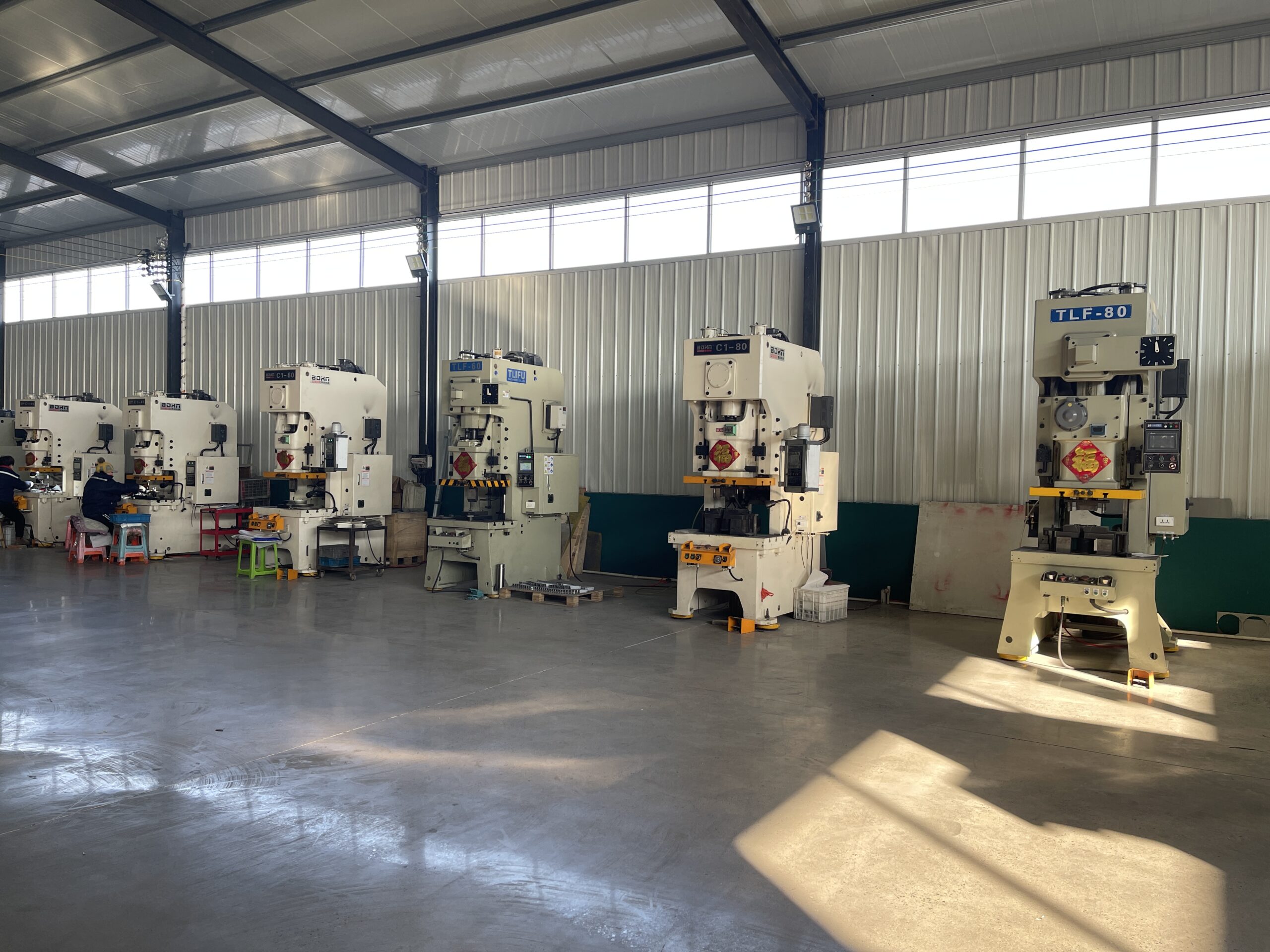Introduction
Metal working remains a cornerstone of global manufacturing, driving advancements in industries like automotive, aerospace, and construction. As technologies evolve,
staying updated on modern techniques and trends—from CNC machining to sustainable fabrication—is critical for competitiveness.
This guide covers essential metalworking practices, tools, and SEO-optimized insights to help businesses and professionals thrive.

Key Metalworking Techniques and Tools
- CNC Machining
Computer Numerical Control (CNC) machines dominate precision manufacturing, enabling automated cutting, milling, and drilling. Innovations in CNC controls (e.g., AI-driven adjustments) enhance accuracy for complex geometries. - Welding and Cutting Technologies
Advanced methods like laser-assisted gas cutting and automated welding systems improve efficiency. For example, laser assist gases optimize edge quality and reduce waste. - Sheet Metal Fabrication
Techniques such as bending, stamping, and hydroforming are vital for automotive and HVAC industries. Modern tools integrate IoT sensors for real-time quality monitoring. - Additive Manufacturing
3D printing with metal alloys (e.g., titanium, stainless steel) is revolutionizing prototyping and custom part production, reducing material waste by up to 30%.
Top Trends Shaping Metal working in 2025
- Automation and Robotics
Automated systems, like robotic arms for material handling, minimize human error and boost throughput. Guelph-based manufacturers report 40% efficiency gains through automation. - Sustainability Practices
Eco-friendly processes, such as recycling metal scraps and using energy-efficient furnaces, align with global carbon-neutral goals. Russia’s MetallStroyForum 2025 highlights green manufacturing as a key theme. - AI-Driven Quality Control
Machine learning algorithms detect defects in real-time, ensuring compliance with ISO standards. Tools like coordinate measuring machines (CMMs) now feature AI-enhanced accuracy. - Hybrid Material Use
Combining metals with composites (e.g., carbon fiber) enhances strength-to-weight ratios, ideal for aerospace applications.
